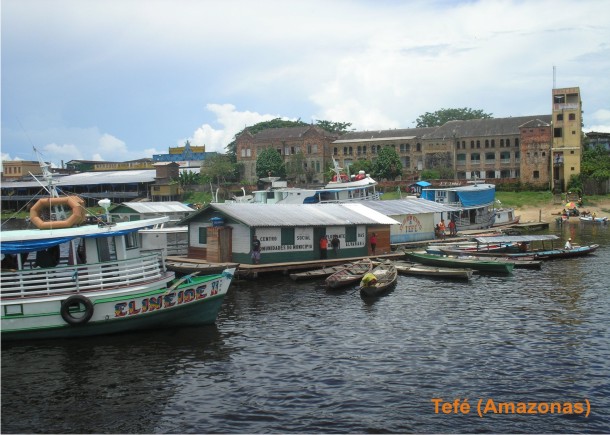NOVAS FORMAS DE HABITAT URBANO EM CUIABÁ (MT): OS CONDOMÍNIOS FECHADOS (New urban dwelling formats in Cuiabá (MT): gated communities)
DOI:
https://doi.org/10.5654/acta.v5i11.545Palavras-chave:
Cuiabá, mudanças espaciais, condomínios fechados.Resumo
Este artigo analisa as mudanças espaciais em Cuiabá-MT resultantes da atuação dos empreendedores imobiliários e do papel do Estado, no período de 1970 a 2010. Surgida pela mineração no século 18, na década de 1970, em face da política de “Integração da Amazônia à economia nacional”, empreendida pelos governos militares, destacou-se como ponto estratégico e centro de decisões nesse processo, recebendo intenso fluxo migratório. Atualmente, o Estado de Mato Grosso destaca-se pelo agronegócio e a capital, Cuiabá, com mais de 550 mil habitantes, reflete essa dinâmica adequando-se às novas exigências no setor de comércio, indústria e prestação de serviços. A dinâmica territorial da cidade revela o surgimento de novas formas de hábitat urbano, com destaque para os condomínios horizontais fechados e os condomínios verticais que constituem verdadeiros clubes privados. Palavras-chave: Cuiabá; mudanças espaciais; condomínios fechados. ABSTRACT This article analyzes the spatial changes in Cuiabá, state capital of Mato Grosso, resulting from development activities by real estate entrepreneurs and the role of the State, during the period from 1970 to 2010. The State of Mato Grosso arose out of mining initiatives in the 18th Century, and by the 1970s it had become a strategic point and a decision center for the then-military government policy aimed at integrating the Amazon Region into the Brazilian economy, which resulted in an intensive migratory influx. Currently, the State of Mato Grosso is important for its significant agribusiness activities, and its capital city, Cuiabá, with more than 550,000 inhabitants, reflects this dynamic by adapting itself to new demands on the commercial, services and industrial sectors. The territorial dynamic of the city has given rise to the appearance of new urban dwelling formats, particularly in the form of horizontal gated communities and vertical condominiums that constitute veritable private clubs. Keywords: Cuiabá; spatial changes; gated condominiums. DOI: 10.5654/actageo2011.0001.0010Downloads
Downloads
Publicado
Edição
Seção
Licença
PORTUGUÊS A Revista ACTA Geográfica deterá os direitos autorais dos trabalhos publicados. Os direitos referem-se a publicação do trabalho em qualquer parte do mundo, incluindo os direitos às renovações, expansões e disseminações da contribuição, bem como outros direitos subsidiários. Os(as) autores(as) têm permissão para a publicação da contribuição em outro meio, impresso ou digital, em português ou em tradução, desde que os devidos créditos sejam dados à Revista ACTA Geográfica.
ENGLISH ACTA Geográfica Journal will obtain the auctorial rights for all published texts. This also implies that the text can be published anywhere in the world, including all rights on renewal, expansion and dissemination of the contribution, as well as other subsidiary rights. The author’s get permission to publish the contribution in other medias, printed or digital, itmay be in Portuguese or translation, since the publication is credited to ACTA Geográfica Journal.

Este obra está licenciado com uma Licença Creative Commons Atribuição 4.0 Internacional.










